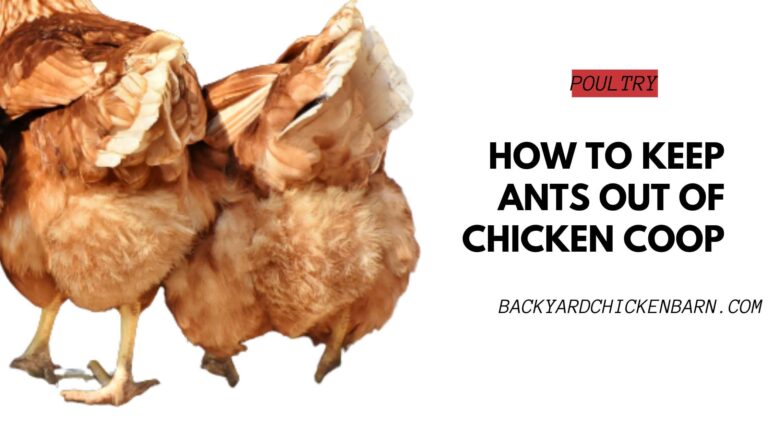I Cracked an Egg and It Was Veiny: What It Means
You crack open an egg, ready to whip up breakfast—but something doesn’t look right. The yolk or white has vein-like streaks running through it. It might look reddish, cloudy, or stringy, and your first thought is probably: “Is this egg safe to eat?”
Seeing veins inside an egg can be alarming, but it’s not always a sign the egg is bad or dangerous.
This guide explains exactly what it means when an egg looks veiny, why it happens, and what you should do next.
Why Does My Egg Look Veiny?
If an egg looks veiny—meaning you see stringy red lines, spiderweb-like structures, or branching streaks inside—it’s most often due to ruptured blood vessels or in rare cases, early embryonic development in a fertilized egg.
Here are the most common reasons:
1. Ruptured Blood Vessels During Formation
-
Small veins or red streaks usually form when a tiny blood vessel breaks during the egg-laying process.
-
These can appear as red lines, swirls, or webbing in the egg white or yolk.
-
It’s not dangerous—just visually unsettling.
2. Fertilized Egg with Embryo Development
-
If you keep roosters, and you don’t refrigerate eggs promptly, fertilized eggs may start to develop.
-
Embryonic veins may begin forming if the egg is kept warm (above ~85°F) for more than 24 hours.
-
You’ll often see clear blood vessels or even a small dark spot that resembles a developing embryo.
Note: You won’t see this in store-bought eggs—only from backyard chickens or unregulated farm eggs that haven’t been refrigerated quickly.
Is a Veiny Egg Safe to Eat?
It depends on what you’re seeing.
Here’s a quick breakdown:
| Vein-Like Appearance | Likely Cause | Safe to Eat? |
|---|---|---|
| Red streaks or spider lines | Broken blood vessels | Yes (remove if desired) |
| Webbing + dark spot (eye-like) | Early embryo in fertilized egg | No (discard) |
| Fuzzy, cloudy strings | Egg white chalaza (normal structure) | Yes |
| Rotten smell or green tinge | Bacterial spoilage | No (discard immediately) |
If the egg smells normal, has no strange color, and the veins appear to be blood streaks (not embryo-related), it’s safe to cook and eat. Just remove the streaks with a spoon if they make you uncomfortable.
What to Do If You Crack a Veiny Egg
Here’s your step-by-step:
-
Inspect visually: Are the veins red? Are there dark spots? Any movement or formed shapes?
-
Smell the egg: If it smells fresh, it’s probably okay.
-
Check storage history: Was it refrigerated? Do you keep roosters? Could it be fertilized?
-
Use your judgment: Remove the blood veins or discard the egg if you’re unsure.
If you raise your own chickens and see veiny eggs frequently, you might need to improve egg collection and storage routines.
Why Do Backyard Eggs Look Veinier?
Store-bought eggs are candled and inspected, and any with obvious blood or irregularities are discarded before sale. But backyard eggs are unfiltered, and here’s why that matters:
-
You’re more likely to see blood spots, red streaks, or veiny structures.
-
If you have a rooster and don’t refrigerate eggs right away, development can start inside fertilized eggs.
-
Hot outdoor temps or delayed egg collection can allow warmth to trigger early development.
To prevent these issues, collect eggs daily and store them promptly in a cool place. Want to make sure your flock has the right living conditions? Use this chicken coop calculator to figure out the proper amount of space your chickens need, reducing stress and egg-laying problems.
What If I Don’t Have a Rooster?
If you don’t keep roosters, your hens’ eggs can’t be fertilized—period. That means any veiny appearance is not an embryo, but likely just:
-
Broken blood vessels
-
Chalaza (normal white strings anchoring the yolk)
-
Natural variation in the egg formation process
Even commercial egg layers occasionally produce “ugly” eggs. It’s just that commercial systems filter them out before they reach you.
How to Prevent Veiny or Bloody Eggs
If you want to reduce the chances of seeing blood or veins in your eggs:
-
Provide a high-quality layer feed with essential vitamins (especially A and K)
-
Keep your coop calm and stress-free
-
Ensure proper lighting and no sudden disruptions (which can affect egg formation)
-
Give your hens enough space to prevent injury and laying stress
Overcrowding and stress are major contributors to imperfect eggs. Use the chicken coop calculator to ensure your coop is sized correctly and not contributing to these issues.
When to Throw the Egg Away
You should discard a veiny egg if:
-
It has a foul, sulfuric odor
-
The egg white or yolk appears discolored, green, or pink
-
You see signs of a developing embryo and didn’t intend to hatch eggs
-
You feel unsure or unsafe eating it—trust your instincts
Conclusion: Veiny Eggs Are Often Harmless, But Use Caution
Cracking open an egg and seeing red or veiny streaks can be off-putting—but in most cases, it’s just a harmless blood vessel rupture. If you don’t have a rooster and the egg smells fine, you can usually cook it safely after removing the red.
However, if there’s even a small chance it’s a fertilized, developing egg—or if it smells or looks off—it’s best to discard it.
To reduce the chances of veiny or stressed eggs in your flock, make sure your coop is optimized. Use this chicken coop calculator to calculate how much coop space your chicken needs and keep your birds happy, healthy, and productive.
Crack with confidence—because now you know exactly what you’re looking at.


